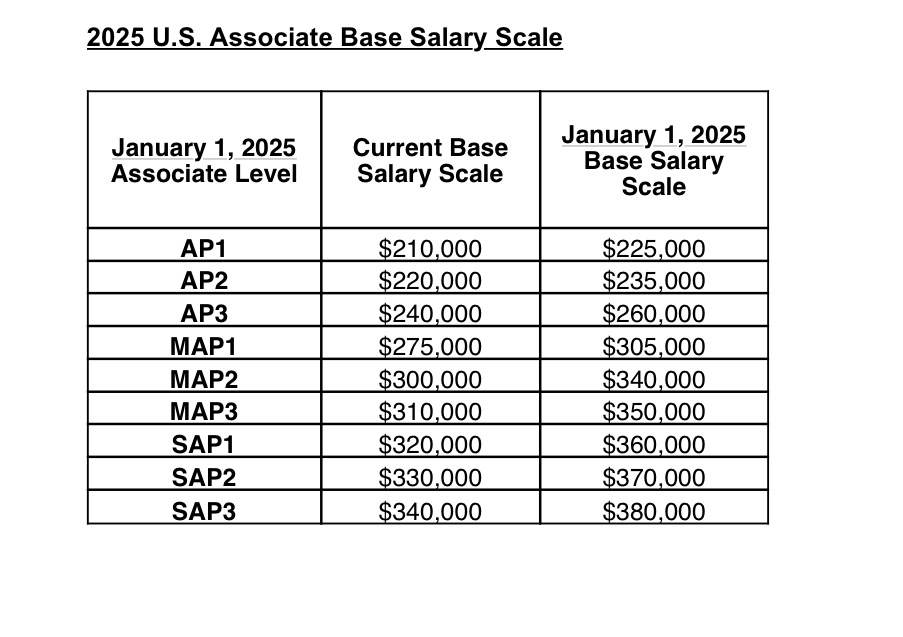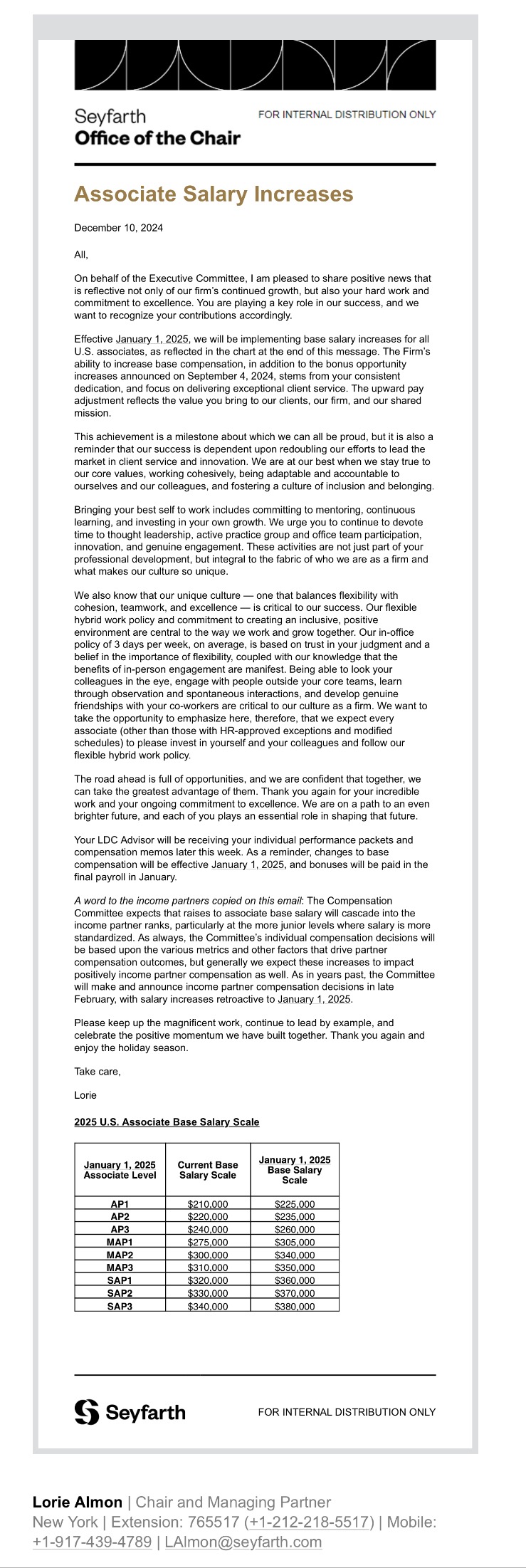Last
night
US
Bankruptcy
Judge
Christopher
Lopez
killed
the
deal
to
sell
Infowars
to
The
Onion.
The
court
rejected
the
creatively-structured
bid,
which
was
designed
to
transform
the
platform
from
a
vector
for
conspiracies
and
trucker
speed
to
a
humorous
website
funded
by
ads
supporting
gun
control.
In
short,
the
court
said
that
The
Onion’s
offer
was
too
complicated
and
failed
to
bring
in
enough
revenue
for
the
estate.
There
were
too
many
variables,
contingencies,
and
unknowns,
and
Judge
Lopez
ruled
that
the
trustee
failed
to
use
appropriate
business
judgment,
leaving
money
for
the
creditors
on
the
table.
Conspiracy
shitposter
Alex
Jones
has
spent
years
trying
to
duck
accountability
for
defaming
the
families
of
children
and
teachers
murdered
at
Sandy
Hook
Elementary
School
in
2012.
His
refusal
to
comply
with
discovery
got
him
default
judgments
in
civil
suits
filed
in
Connecticut
and
Texas,
leading
to
$1.5
billion
in
total
damage
awards
(later
reduced
to
roughly
$1.3
billion
on
appeal).
For
more
than
two
years,
Jones
screwed
around
in
bankruptcy,
first
trying
to
delay
the
trials,
and
then
seeking
to
fend
off
the
judgments.
Judge
Lopez
ruled
that
the
Sandy
Hook
judgments
were
for
willful
torts
and
were
thus
largely
non-dischargeable,
and
then
dismissed
Infowars’s
parent
company
Free
Speech
Systems
from
Chapter
11.
At
that
point,
Jones
converted
his
personal
bankruptcy
from
a
Chapter
11
reorganization
to
a
Chapter
7
liquidation.
The
court
ordered
the
Chapter
7
Trustee,
Christopher
Murray,
to
sell
off
Jones’s
assets,
including
FSS,
of
which
he
was
the
sole
owner.
The
auction
was
scheduled
for
November, and
there
were
only
two
serious
bidders:
First
United
American
Companies
LLC
(FUAC),
which
is
helmed
by
Charlie
Cicack,
one
of
Jones’s
vendors,
and
which
planned
to
keep
Jones
on
the
air;
and
Global
Tetrahedron
(GT),
the
parent
company
of
The
Onion,
which
was
backed
by
the
Sandy
Hook
parents.
FUAC,
whose
priority
was
purchasing
the
Infowars
store,
opened
with
a
bid
of
$1.2
million.
GT,
which
really
only
cared
about
the
IP,
offered
$1
million.
At
that
point,
Murray
and
the
auctioneers
decided
against
holding
an
“open
cry”
auction,
and
instead
invited
the
parties
to
bid
on
multiple
lots
at
once,
submitting
a
best
and
final
offer.
As
they
testified,
this
was
partly
because
there
were
multiple
different
groups
of
assets
and
only
two
bidders.
But
it
was
also
necessary
because
the
GT
bid
was
structured
as
a
formula,
rather
than
an
all-cash
offer,
and
so
running
the
numbers
on
it
during
competitive,
live
bidding
would
have
been
impossible.
The
Connecticut
plaintiffs,
with
their
$1.3
billion
judgment,
dwarfed
all
other
creditors,
including
the
Texas
plaintiffs,
who
are
owed
$50
million.
The
Connecticut
parents
are
entitled
to
roughly
96
cents
of
every
dollar
generated
by
the
sale,
and
they
agreed
to
give
some
amount of
the
proceeds
to
the
Texas
parents,
so
as
to
make
the
GT
deal
more
attractive
than
any
competing
bid
up
to
$7
million.
But
that
necessarily
involved
a
set
of
complex
calculations
including
the
trustee’s
fees,
the
auctioneer’s
fees,
and
the
legal
fees
—
all
of
which
came
off
the
top—plus
the
competing
bid
and
the
creditors’
proportionate
shares.
And
meanwhile,
the
Texas
parents
injected
further
uncertainty
by
reserving
their
right
to
get
more
money
if
an
appeals
court
struck
down
enough
of
the
Connecticut
award
to
affect
the
ratio
of
their
claims.
In
the
second
round,
GT
bid
$1.75
million
in
cash,
and
FUAC
bid
$3.5
million
—
a
substantial
increase
by
both
bidders.
Murray
then
declared
GT
the
winner,
since
the
$3.5
million
was
well
under
the
$7
million
threshold,
and
so
the
Connecticut
parents
could
easily
disclaim
enough
of
their
share
of
the
proceeds
to
make
the
GT
offer
“better”
for
the
Texas
parents.
At
which
point
FUAC
and
Jones
charged
into
court
making
wild
claims
of
collusion
and
impropriety
by
Murray,
GT,
and
the
Sandy
Hook
parents
themselves.
In
13
hours
of
hearings
on
Monday
and
Tuesday,
the
parties
examined
the
trustee
and
the
auctioneer.
It
was
clear
from
that
testimony
that
none
of
Jones
and
FUAC’s
accusations
of
improper
contacts
were
accurate
—
in
fact
Judge
Lopez
scolded
Murray
for
failing
to
probe
whether
GT
was
willing
to
pay
$1.75
million
for
the
IP
alone
(since
the
funding
contingency
relied
on
there
being
a
“second”
bidder),
and
allow
FUAC
to
pay
$3.5
million
for
the
store.
This
omission,
perhaps
more
than
anything
else,
appears
to
have
led
the
court
to
conclude
that
Murray
failed
to
exercise
appropriate
business
judgment
and
left
millions
of
dollars
on
the
table.
And
on
top
of
that,
Murray
couldn’t
put
final
numbers
on
any
of
the
variables
in
the
GT
funding
formula,
particularly
with
the
meter
still
running
as
he
sat
there
on
the
witness
stand,
increasing
the
administrative
and
legal
fees
coming
off
the
top
before
the
Texas
and
Connecticut
parents
settle
up
between
themselves.
Most
observers
did
not
expect
Judge
Lopez
to
set
aside
the
sale.
Murray
was
entitled
to
broad
deference,
both
by
the
terms
of
the
court’s
winddown
order
and
under
the
business
judgment
rule.
There’s
no
indication
that
he
acted
in
bad
faith,
and
the
creditors
were
all
on
board.
FUAC
itself
was
fine
with
the
BAFO
round,
only
objecting
to
the
change
in
procedure
when
it
failed
to
win.
But
the
floating
nature
of
GT’s
bid
seemed
an
insuperable
obstacle
for
the
court.
In
a
rambling
announcement
of
his
decision
(rendered
at
10:30pm
local
time),
Judge
Lopez
chastised
Murray
for
not
trying
to
extract
more
from
FUAC
and
GT.
He
called
the
$3.5
million
offer
“too
low,”
specifically
comparing
it
to
the
$50
million
owed
to
the
Texas
plaintiffs.
Notably,
none
of
the
creditors,
including
the
Texas
plaintiffs,
objected
to
the
GT
deal.
Even
Alex
Jones’s
PQPR
LLC,
which
purports
to
be
owed
$78
million
for
supplements
supplied
to
FSS,
voiced
no
objection.
And
the
Connecticut
plaintiffs
agreed
to
stipulate
(if
belatedly)
to
decrease
Jones’s
indebtedness
by
$7
million,
mooting
his
claim
to
have
been
injured
by
the
structure
of
the
GT
deal.
And
yet
…
here
we
are,
with
no
plan
for
what happens
next.
The
court
denied
Jones’s
motion
to
disqualify,
along
with
FUAC’s
request
to
be
declared
the
winner
of
the
auction.
And
Judge
Lopez
declined
to
order
another
sale,
instead
instructing
Murray
to
go
back
to
drawing
board
and
try
to
work
it
out
in
the
next
30
days
…
whatever
the
hell
that
means.
The
court
theorized
that
there
was
money
left
on
the
table,
seemingly
incredulous
that
a
business
which
brings
in
millions
of
dollars
a
month
in
supplement
sales
would
fetch
so
little
at
auction.
But
the
sale
only
drew
two
bidders,
with
Cicack
reportedly
raiding
his
father-in-law’s
retirement
fund
to
finance
the
deal.
It’s
hard
to
see
how
the
creditors
are
going
to
be
better
off
under
some
as-yet-undiscovered
deal
than
they
would
have
been
if
the
auction
had
been
ratified.
The
administrative
and
legal
fees
are
sunk
costs
which
ultimately
come
out
of
the
creditors’
recovery,
and
they’re
not
coming
back.
But
it
looks
like
The
Onion
hasn’t
tapped
out
just
yet.
Alexander
E.
Jones
and
Official
Committee
Of
Unsecured
Creditors [Docket
via
Court
Listener]
Liz
Dye lives
in
Baltimore
where
she
produces
the
Law
and
Chaos substack and podcast.








 Kathryn
Kathryn







 This
This


